
views
Zesting an Orange with a Grater
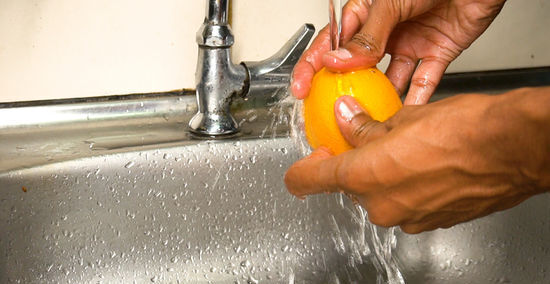
Wash the orange with warm water before you begin handling the peel. Rinse the orange under the faucet for a few seconds, using your fingers to gently wipe away any traces of dirt or waxy residue. If not properly removed, these substances could interfere with the flavor of the zest. Once your orange is nice and clean, pat it dry with an absorbent towel. Don't forget to remove any stickers that happen to be clinging to the outside of the orange.
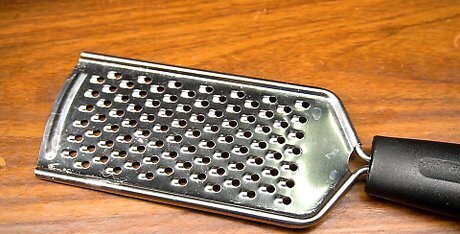
Find the smallest set of slots on the grater. Most box graters have multiple sets of holes in various sizes. To zest an orange, you'll want to identify which face of the grater has the narrowest holes and use it as your grating surface. That way, you can ensure that the peel pieces come out the correct size. On a typical box grater, the smallest holes tend to be on one of the sides rather than the broad front or back faces. Even with the smallest set of holes, your zest may turn out slightly larger than if you had used a microplane or zester. However, this shouldn't affect its flavor or usefulness in your favorite recipes.
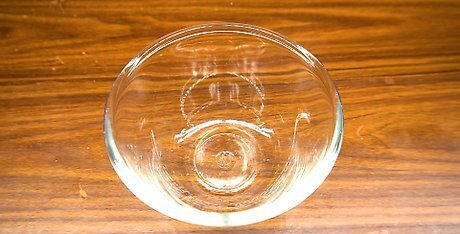
Set out a shallow bowl to collect the zest as you grate. A mixing bowl with a wide opening will work best, but you can also use an ordinary serving bowl. Putting a bowl down will make the grating process more efficient and leave you with less of a mess to clean up when you're done. If you don't have a suitable bowl handy, your next best bet is a small plate with upturned sides that will help catch the zest as it falls.Tip: To simplify your prep and cleanup, try grating your orange over a flexible cutting mat or piece of aluminum foil. You can then fold the mat or foil in half and use it to funnel the zest directly where you need it.
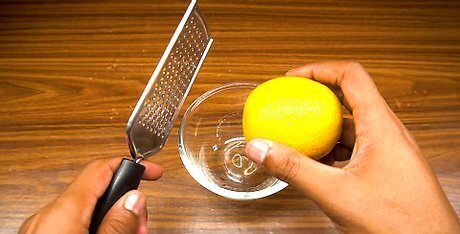
Hold the orange in your dominant hand and the grater in the other. If your bowl is big enough, you can set the grater on the bottom and grate right inside the bowl to keep pieces of peel from getting everywhere. Otherwise, you'll need to hold the grater over the top of the bowl and do your best to keep it centered while you work. Tilt the grater at a 45-degree angle to make it easier for the zest to pass through the slots. When using a grater, the grating action comes almost entirely from the hand holding the food. Your other hand is just there to keep the grater steady.
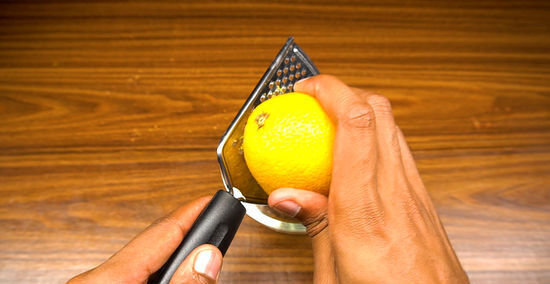
Run the orange back and forth lightly over the face of the grater. Apply just enough pressure for the sharp edges of the grater holes to bite into the peel and take it off in small bits. Continue grating until the colorful part of the peel is gone and the white pith is visible underneath. Then, rotate the orange and repeat until you have as much zest as you need. Avoid grating too forcefully. Doing so could cause the orange to get hung up on the grater, or cut too deeply down to the pith. The pith tends to have a bitter, unpleasant taste, so you want to avoid letting too much find its way into the dish you're preparing. Tap the grater against the edge of the bowl a few times to dislodge any zest that's stuck in the slots. Keep your fingers a safe distance away from the sharp slots while you work. It can be easy to accidentally drag your knuckles across the grater if you're not careful!
Using a Vegetable Peeler and Paring Knife

Rinse and dry the orange to remove any traces of dirt or wax. Run the orange under a stream of warm water, turning it slowly to make sure the water touches every part of the fruit. Rub off areas of heavy buildup by hand. Afterwards, dry the orange thoroughly with an absorbent towel.

Take thin slices of the orange peel using a vegetable peeler. Drag the blade of the peeler down the side of the orange, making sure you bear down hard enough for it to work its way under the peel. After peeling one section of the fruit, turn it in your hand and shave another slice from the section beside it. Try to scrape away as much of the peel as you can from top to bottom, but avoid cutting down to the bitter white pith. Since you'll be peeling the orange first and then turning it into zest manually, knowing exactly how much peel to use in order to get a certain amount of zest may require a little bit of trial and error.
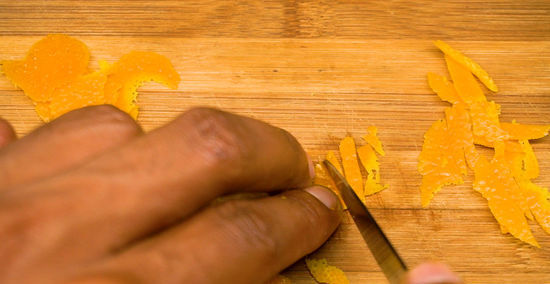
Cut the peel slices into strips with a paring knife. Line the slices up on your cutting board and run the blade of your paring knife over them lengthwise. Try to make each strip as thin as possible, but take your time and work carefully to avoid accidents. You'll be using very fine movements to julienne the orange peel, so be careful not to let your fingers get in the way of the blade!Tip: Paring knives are perfect for delicate tasks like preparing zest, as their blades are slender, sharp, and slightly flexible, allowing for more intricate cuts.
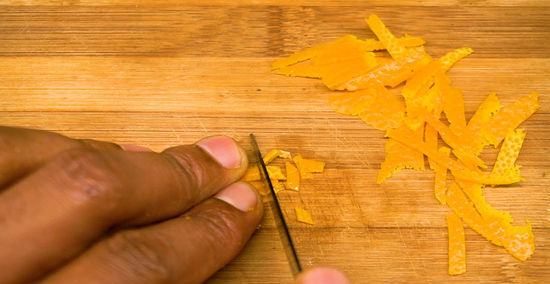
Mince the strips into tiny pieces. Once you've julienned your orange peel into strips, turn them widthwise and cut them straight across. As you did with your first round of cuts, aim to make each piece as small as possible. You're basically doing the same thing a zester does, only by hand. If you plan on using your orange zest to garnish a cocktail or make citrus-infused oils or syrups, simply leave it in strips rather than mincing it.

Rock the blade of your knife over the minced peel to finish the zest. Hold the handle of the knife in one hand and use the other to grip the back of the blade towards the tip. Then, raise and lower one end of the blade and then the other with a see-sawing motion to chop the peel even smaller. Focus on pieces that are slightly larger than those around them. Change up the angle of your cuts every few seconds to make sure your zest comes out with a uniform consistency. Use your finger to (cautiously) scrape any usable bits of zest off the blade when you're done.

















Comments
0 comment